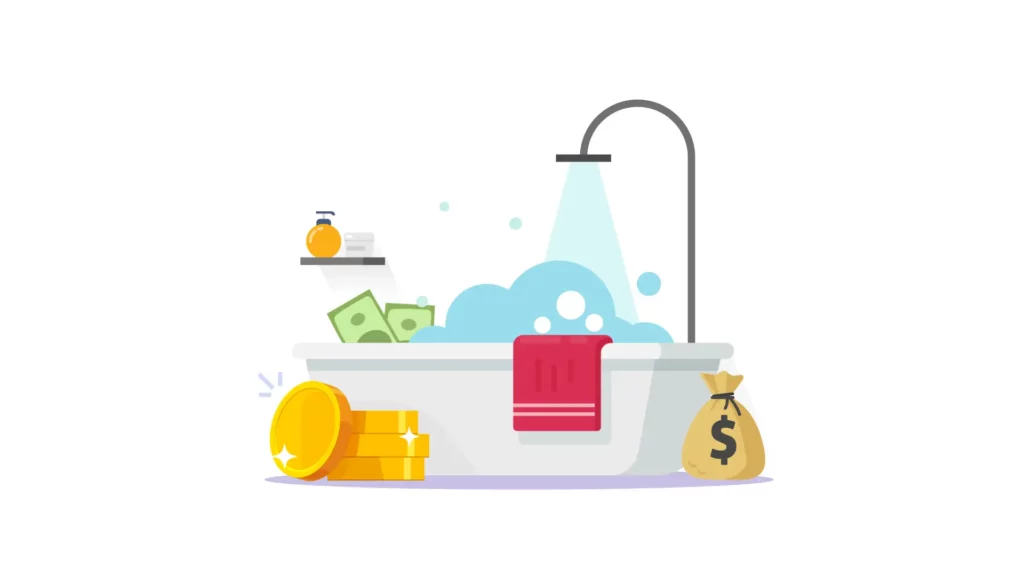In an era where environmental conservation is more critical than ever, making sustainable choices in our daily routines can significantly impact our planet's health. Among these choices, optimizing our water usage in home bathrooms stands out, especially concerning shower baths.
This guide will delve into the concept of a water saving shower bath, exploring its importance, benefits, various technologies, and best practices.
By incorporating water-saving techniques and technologies into your shower bath routine, you can contribute to water conservation efforts while also enjoying savings on your water bills. Let's dive into the world of water saving shower baths and uncover how you can make a difference.
What is a Water Saving Shower Bath?
A water saving shower bath represents a combination of strategies and technologies designed to minimize water usage during showers without compromising on the comfort or quality of your bathing experience.
This concept involves installing water-efficient fixtures, adopting water-saving habits, and potentially remodeling bathroom setups to reduce water waste.
The ultimate goal of a water saving shower bath is to conserve water, one of our most precious natural resources, while still allowing you to enjoy a refreshing and cleansing shower.
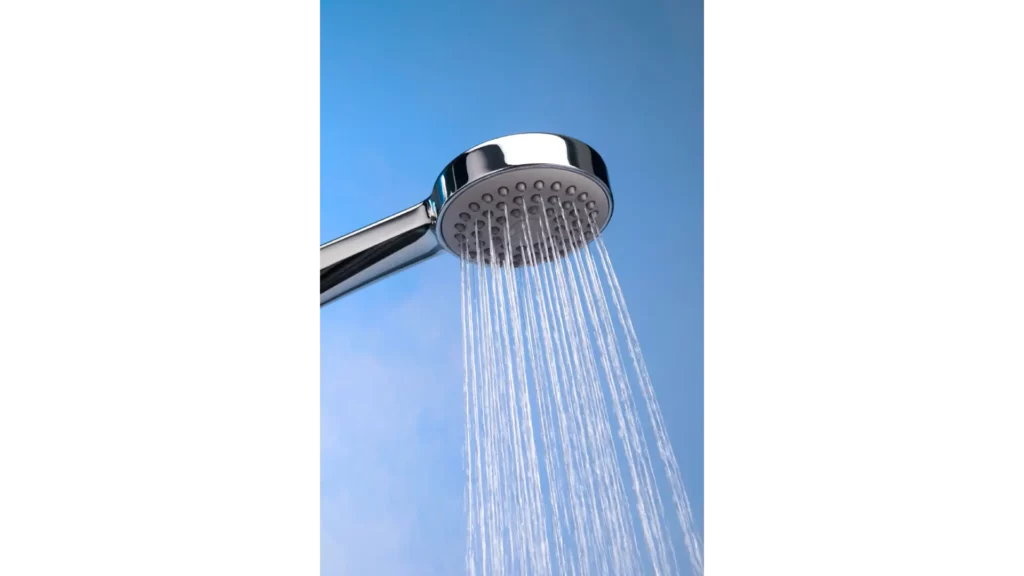
The Importance of Water Saving Shower Bath
Water scarcity is a pressing issue facing our world today, with millions of people lacking access to clean and safe drinking water.
By implementing water-saving measures in our shower baths, we can significantly reduce water consumption and waste, contributing to the sustainability of water resources.
Moreover, water saving shower baths can lead to considerable savings on utility bills, making them not only an environmentally friendly choice but also an economically smart one.
Benefits of Water Saving Shower Bath
Adopting a water saving shower bath comes with numerous benefits, including:
- Environmental Conservation: By reducing water usage, we can help preserve natural habitats, protect biodiversity, and contribute to the fight against climate change.
- Cost Savings: Lower water consumption results in decreased water bills, offering financial benefits over time.
- Energy Efficiency: Less water usage means less energy required to heat water, further reducing your carbon footprint and energy costs.
- Enhanced Water Security: Conserving water contributes to long-term water security, ensuring that future generations have access to clean water.
- Improved Wastewater Management: Reduced water usage means less wastewater being produced. This not only alleviates the pressure on sewage treatment facilities but also minimizes the environmental impact of releasing treated water into natural bodies.
- Sustainable Resource Use: Embracing water-saving practices in shower baths encourages the sustainable use of our natural resources, ensuring that we live within the means of our planet without compromising the ability of future generations to meet their needs.
- Enhanced Public Health: By conserving water, we contribute to better public health outcomes. Communities with limited water resources can benefit from the additional availability of clean water, reducing the risk of waterborne diseases.
- Increased Property Value: Homes equipped with water-efficient fixtures, including water-saving shower baths, are often more attractive to environmentally conscious buyers, potentially increasing property value.
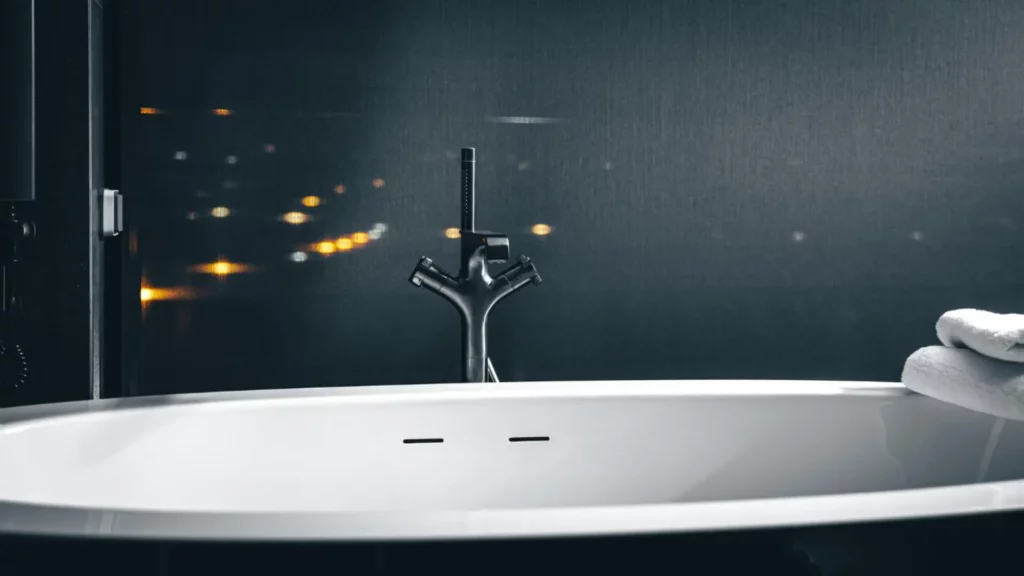
The Role of Technology in Water Conservation
Technology plays a pivotal role in advancing water conservation efforts, offering innovative solutions to reduce water usage and promote sustainability. Here's how technology is making an impact:
- Smart Water Meters: These devices provide real-time data on water consumption, allowing users to monitor and adjust their usage patterns to reduce waste.
- Low-Flow Plumbing Fixtures: Faucets, toilets, and showerheads designed with low-flow technology significantly cut down water use without compromising performance.
- Water-Efficient Appliances: Dishwashers and washing machines that are Energy Star rated use less water and energy, helping households save on both resources.
- Smart Irrigation Systems: These systems use weather forecasts, soil moisture sensors, and water application technologies to optimize irrigation schedules and reduce outdoor water use.
- Greywater Recycling Systems: By treating and reusing greywater from showers, sinks, and laundry, these systems reduce the demand for fresh water in non-potable applications like toilet flushing and garden irrigation.
- Leak Detection Technology: Advanced sensors can detect even the smallest leaks in pipes and fixtures, alerting homeowners to issues before they lead to significant water loss.
- Rainwater Harvesting Systems: Collecting and storing rainwater for use in gardening, toilet flushing, and other non-potable applications decreases reliance on municipal water supplies.
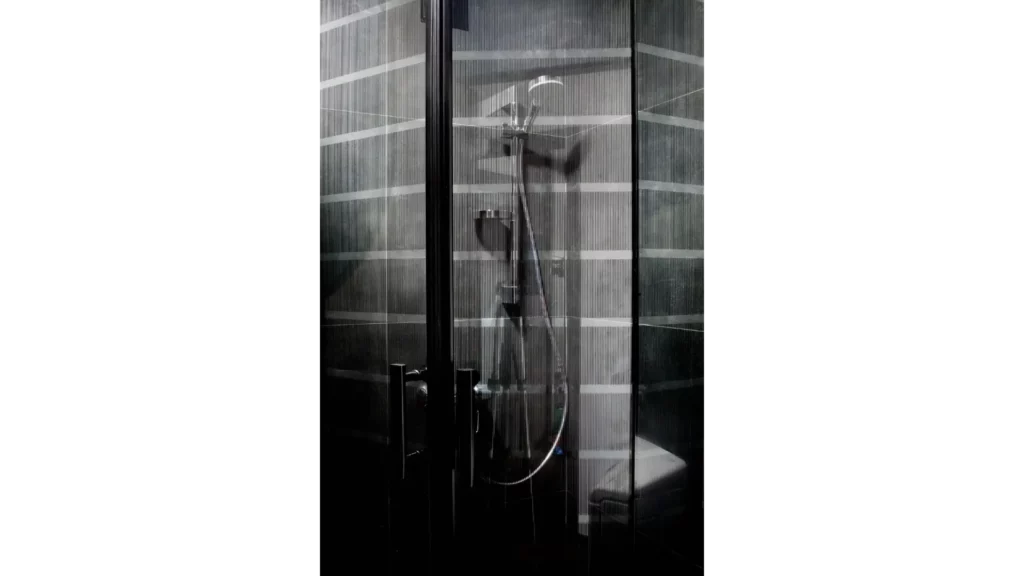
How to Achieve a Water Saving Shower Bath
Achieving a water saving shower bath involves a combination of installing bathroom efficient fixtures, adopting water-conserving habits, and considering eco-friendly bathroom designs. Below are strategies and technologies that can help you save water in your shower bath:
- Install Water-Efficient Showerheads
One of the most effective ways to save water is by replacing traditional showerheads with low-flow models designed to use significantly less water without sacrificing pressure.
Look for showerheads with a WaterSense label, indicating they meet EPA water efficiency and performance criteria.
- Adopt Water-Saving Habits
Small changes in behavior can lead to substantial water savings. Consider shortening your showers, turning off the water while soaping up, and avoiding unnecessary water use. These habits, while simple, can have a significant impact over time.
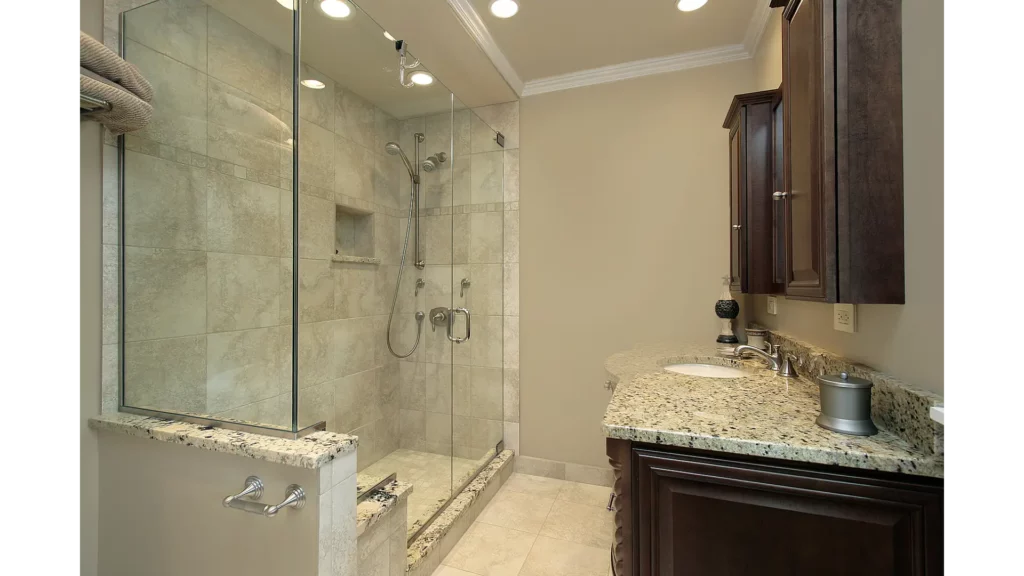
- Use Smart Shower Systems
Smart shower systems offer advanced features such as timers, water usage tracking, and automatic shut-off to help you manage and reduce your water consumption more effectively.
- Opt for Shower Timers
A straightforward yet effective tool, shower timers remind you to keep your showers brief, directly contributing to water conservation.
- Consider Eco-Friendly Bathroom Remodels
For those planning a bathroom renovation, consider designs that incorporate water-saving technologies and materials, such as recycled water systems or tankless water heaters.
- Educate and Encourage Others
Sharing knowledge and practices related to water saving shower baths can amplify the impact, encouraging more people to adopt water-efficient habits.
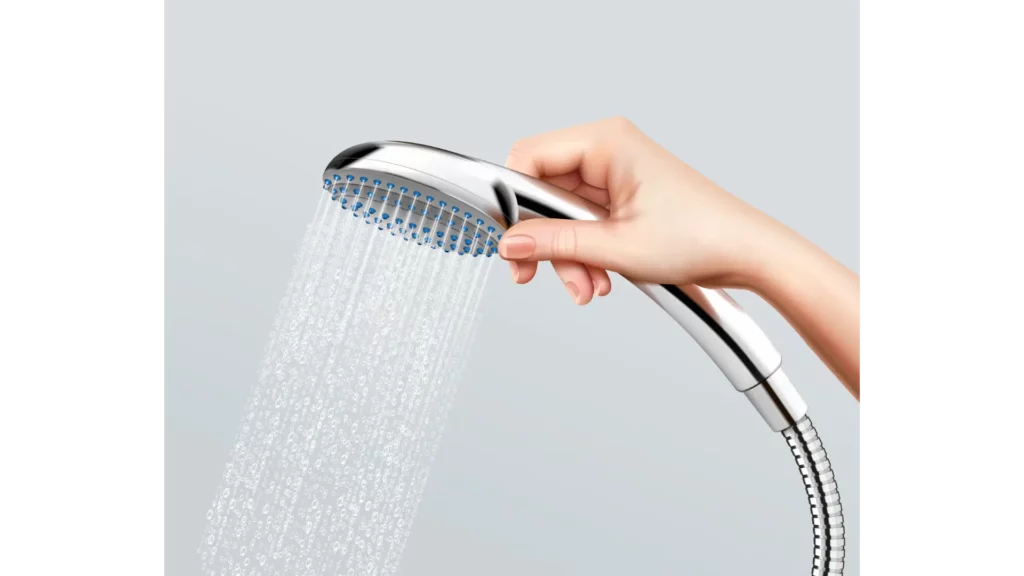
Best Practices for Water Saving Shower Bath
To maximize the benefits of a water saving shower bath, follow these best practices:
- Regularly check for and repair any leaks in your shower and other bathroom fixtures.
- Monitor your water usage to identify opportunities for further savings.
- Invest in high-quality water-efficient fixtures to ensure durability and performance.
- Stay informed about new water-saving technologies and practices.
DIY Water Saving Solutions for Shower Baths
Implementing DIY water-saving solutions in your shower can save money and help the environment without costly installations. Various easy methods can reduce water usage effectively.
- Install a Low-Flow Showerhead Adapter: Attach a low-flow adapter to your existing showerhead to restrict water flow, allowing for a water-efficient shower without needing to replace the entire fixture.
- Use a Bucket to Catch Pre-Shower Water: Place a bucket under the showerhead to collect water while waiting for it to warm up. This water can then be repurposed for watering plants, flushing toilets, or cleaning.
- Create a Shower Water Limit Indicator: Use a waterproof marker or stickers to mark desired water usage levels on your shower wall or door as a visual reminder to limit shower length.
- Install a Shower Timer: Utilize a kitchen timer or a waterproof smartphone case to limit your shower time to a specific duration, such as 5 minutes, encouraging shorter and more water-efficient showers.
- Make a Soap Pause Switch: If your shower does not have a built-in pause function, install a DIY pause switch or valve between the showerhead and the water pipe to easily stop and restart water flow without changing the temperature settings.
- Repurpose Water for Plants: Collect slightly used bath water in a bucket, ensuring it's soap-free or that you're using eco-friendly soaps, and use it to water household plants.
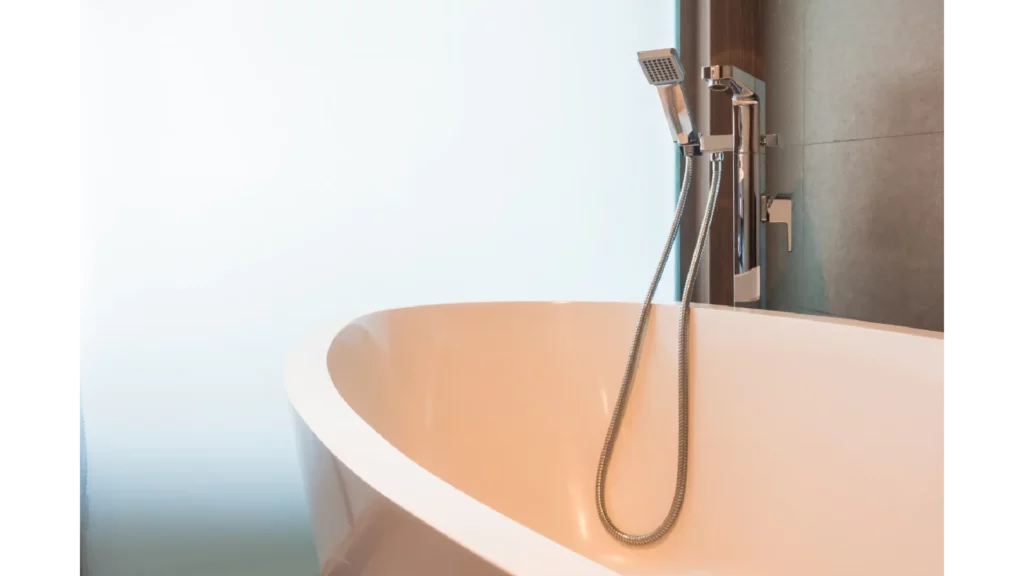
Saving Water in Shower: Essential Informational Guide
Saving water in the shower is crucial for both conserving water and reducing utility bills. This informational guide emphasizes the importance of being informed about water-saving practices, such as installing low-flow showerheads and taking shorter showers.
By following these saving water in shower informational tips, individuals can make a significant impact on water conservation efforts and enjoy the benefits of an eco-friendly and cost-effective shower routine.
Frequently Asked Questions (FAQs) about Water Saving Shower Bath
What is a low-flow showerhead, and how does it work?
A low-flow showerhead is designed to reduce the amount of water that flows through it while maintaining water pressure by incorporating air or special flow patterns. This means you can enjoy a comfortable shower experience while using less water, significantly contributing to water conservation efforts.
Can water-saving shower baths really save me money?
Yes, water-saving shower baths can lead to significant savings on your water bills. By reducing the amount of water you use for each shower, you're lowering your overall water consumption. Additionally, using less hot water also means you're saving on energy costs associated with heating water.
Are water-saving showerheads difficult to install?
No, most water-saving showerheads are designed for easy DIY installation. They typically fit standard shower arms and can be screwed on in place of the existing showerhead. This makes them a simple and effective upgrade for any bathroom.
How much water can I save by switching to a water-saving shower bath?
The amount of water you can save depends on various factors, including your current water usage, the type of water-efficient fixtures you install, and your showering habits. On average, switching to a low-flow showerhead can save up to 2,700 gallons of water per year for a family of four.
Is a Bath or Shower More Water Saving?
When it comes to water conservation in the bathroom, one common question arises: Is a bath or shower more water saving. This debate has lingered among environmental enthusiasts and those looking to reduce their water bills. Understanding the water usage associated with both can help you make a more informed choice towards a sustainable lifestyle.
How can I encourage my family to adopt water-saving habits in the shower?
Educating your family about the importance of water conservation and the impact of their showering habits on both the environment and your utility bills is a good starting point. You can also make it a fun challenge by setting goals for shorter showers and rewarding water-saving achievements.
Is it expensive to remodel my bathroom for water efficiency?
The cost of remodeling your bathroom for water efficiency can vary widely depending on the extent of the changes and the fixtures you choose. However, many water-saving upgrades, such as installing a low-flow showerhead or a dual-flush toilet, are relatively inexpensive and offer quick returns on investment through water and energy savings.
Water Saving Shower Bath Conclusion
The adoption of water saving shower baths is a critical step towards sustainable living and environmental conservation. By understanding the importance, benefits, and methods of achieving a water saving shower bath, individuals can make significant contributions to water conservation efforts.
Implementing water-efficient fixtures, adopting water-saving habits, and considering eco-friendly bathroom designs are all ways to reduce water consumption and promote a healthier planet.
As we move forward, it's essential to remain committed to these practices and continue exploring innovative solutions for water conservation. Together, we can make a difference and ensure a sustainable future for our planet.

